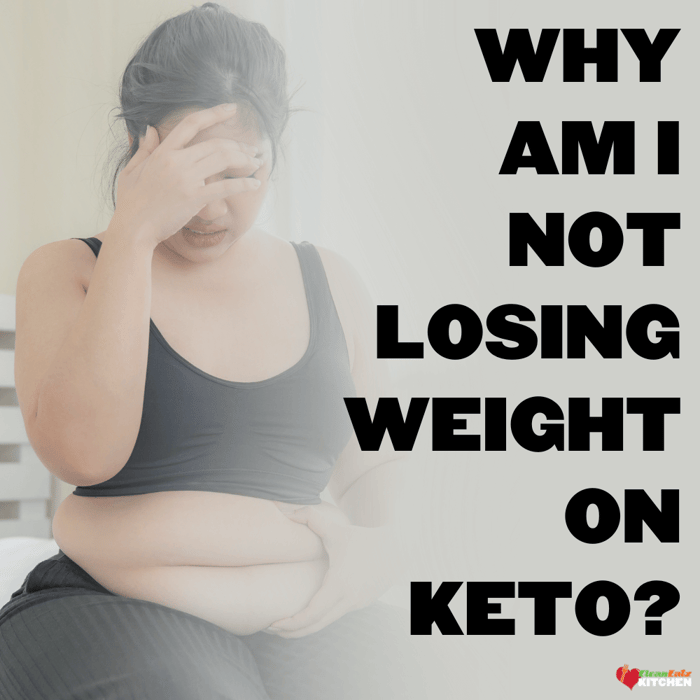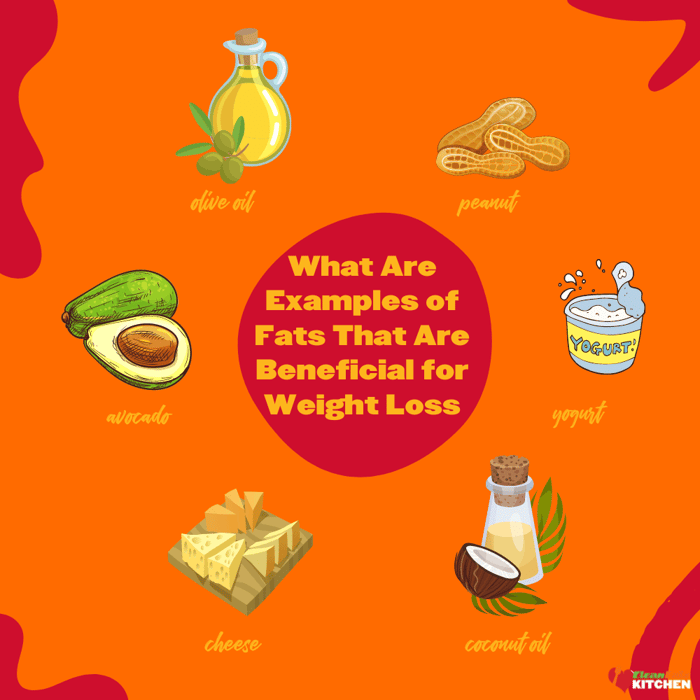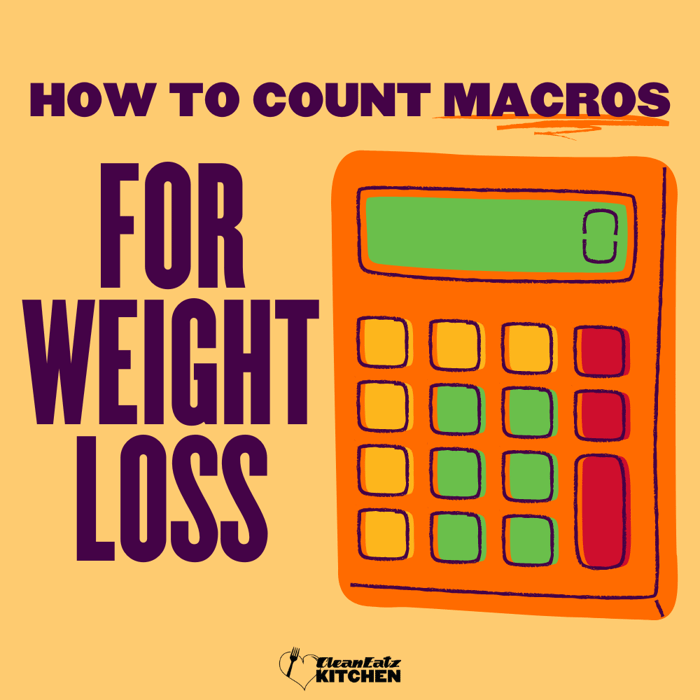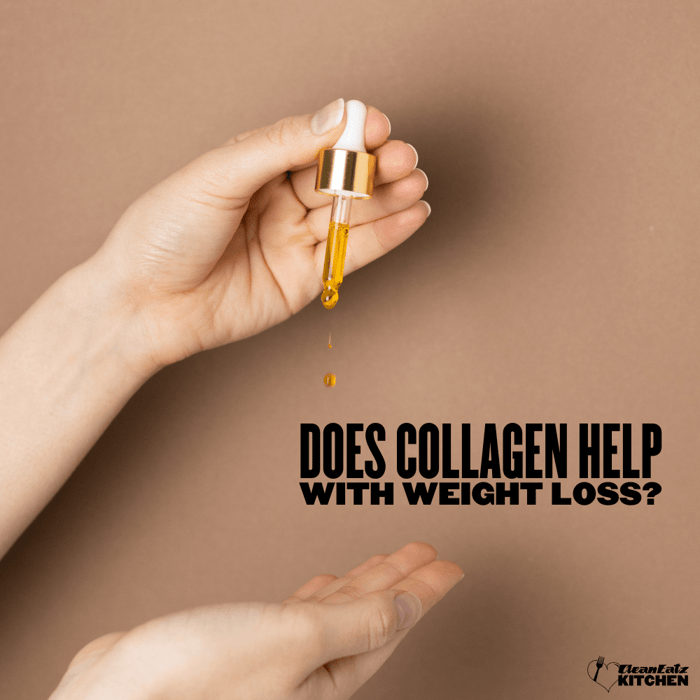Why Am I Not Losing Weight on Keto?

Jason Nista
Nutrition
|
Weight Loss
09/30/2025 12:43pm
4 minute read
Why keto weight loss stalls
- Calories still rule. When calories and protein are matched, low-carb and low-fat lose similar weight—the winning diet is the one you can stick to.
- Water & glycogen camouflage. Carbs bind water; day-to-day shifts can hide fat loss (or create fake gain) on the scale.
- Adaptive thermogenesis & NEAT. As you lose, your body often burns a bit less and you may unconsciously move less, shrinking your deficit.
- “Keto” calories add up. Oils, butter, cheese, nuts, nut butters, cream, and “keto desserts” are calorie-dense. Portions creep quickly.
- Ketone readings aren’t a fat-loss scorecard. You can show ketosis and still maintain or gain if total calories are too high.
First: confirm it’s a real plateau
- Weigh daily; use a 7-day average. A true stall = the weekly average flat for 2–3 weeks.
- Track intake for 3–7 days (include oils, cream, nuts, weekends, alcohol). If you use “net carbs,” remember it’s a marketing term; base choices on the Total Carbohydrate line.
- Note steps and workouts; many people move less without noticing.
The keto-stall fix list
- Recalculate calories with a dynamic tool. Update your maintenance and set a modest deficit (~300–500 kcal/day). Try the NIH Body Weight Planner. For a hands-on walkthrough, see our calorie-goal guide.
- Prioritize protein. Aim about 1.2–1.6 g/kg/day (or 25–40 g per meal) to protect lean mass and manage hunger. Start here: high-protein basics.
- Tighten the calorie-dense “keto” foods. Pre-measure oils, butter, cheese, nuts/nut butters, and creamy sauces. Swap some fat for lean protein + non-starchy veggies to stay fuller on the same calories.
- Lift + walk. Resistance training 2–4×/week preserves muscle; add +2–3k steps/day for NEAT. For workout fuel ideas, skim our post-workout carbs guide.
- Sleep 7–9 hours. Short sleep increases hunger and can blunt fat loss even in a calorie deficit. Protect bedtime and wake time.
- Label literacy. Ignore hype like “net carbs” and read the Total Carbohydrate, fiber, protein, and calories. Check “keto snacks” for sugar alcohols and added fats. For sugar-savvy swaps, see Sugar facts.
- Consider low-carb (not strict keto). If strict keto feels hard, a higher-fiber lower-carb approach can work just as well for weight loss. We’ve listed smart low-carb ingredients that fit our meals.
- Still stuck after 3–4 weeks? Re-trim calories by ~100–200 kcal/day or add ~1–2k steps. If weight won’t budge over a month, talk to your clinician about other factors (medications, thyroid, PCOS, menopause) and whether anti-obesity meds make sense alongside lifestyle. For a bigger picture, see our program overview.
FAQs
Do I have to be in deep ketosis to lose fat?
No. You’ll lose fat when you sustain an energy deficit. Ketone levels reflect carb restriction, not necessarily calorie burn.
Why did I lose fast at first, then stall?
Early loss is mostly water & glycogen. After that, fat loss is slower and can be masked by day-to-day water shifts.
Can I lose on keto without counting calories?
Some can by focusing on protein, portions, and minimally processed foods. If progress stalls, track for a week—especially oils, cheese, nuts, and treats.
Want structure? Pair CEK meal plans with these tips, or compare portion vs. calorie counting.
References
- DIETFITS RCT (low-carb vs low-fat; no weight-loss difference at 12 months). JAMA 2018.
- Metabolic-ward studies on carb vs fat restriction and isocaloric ketogenic diets. Cell Metab 2015; AJCN 2016.
- Systematic reviews/meta-analyses on low-carb vs low-fat weight loss (short-term edge; similar long-term). PLOS One 2014; Diabetes Obes Metab 2022.
- Glycogen–water coupling (~3 g water per 1 g glycogen). Murray 2018; Fernández-Elías 2015.
- Adaptive thermogenesis & NEAT background. Rosenbaum & Leibel 2010; Levine 2004.
- Protein targets for dieting/exercise. ISSN Position Stand 2017.
- NIH Body Weight Planner (dynamic energy model). NIDDK.
- “Net carbs” not FDA-defined; use Total Carbohydrate on labels. American Diabetes Association.
- Insufficient sleep blunts fat loss in a calorie deficit. Ann Intern Med 2010.
Educational content only; not medical advice.
Related Articles
Best Fats for Weight Loss: 2026 Guide
5 minute read
How to Count Macros for Weight Loss
7 minute read
The Effectiveness of Collagen for Weight Loss
7 minute read



